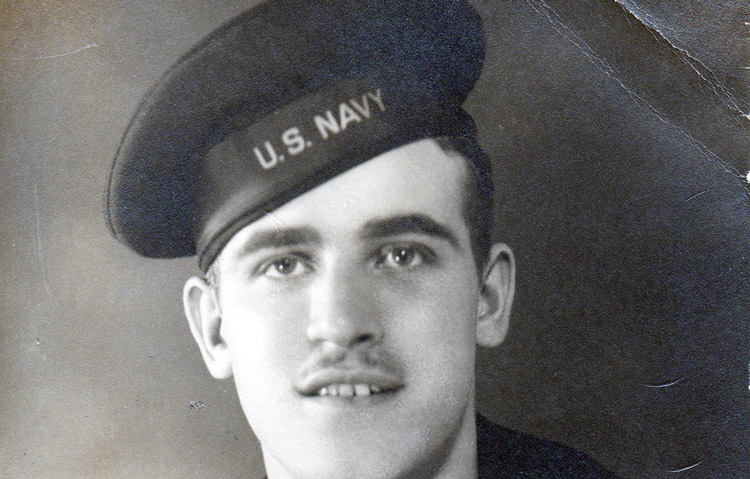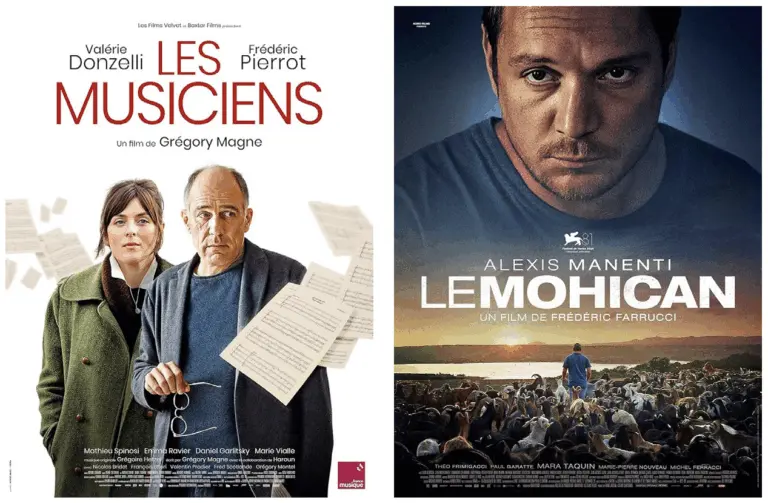

By Anne W. Semmes
Sentinel Correspondent
Cos Cob VFW Memorial Post 10112 Commander Joseph D. Gregory, at age 93, is still having dreams that wake him up at night—about the day 71 years ago when the atomic bomb was dropped on Hiroshima: August 6, 1945.
On that day Gregory, then 22, was somewhere off Okinawa in the South Pacific as a machinist, second class, on the destroyer escort USS Cates.
For days leading up to that day, Gregory recalls the ongoing effort “to attack the homeland of Japan—often.” “We had to battle the Japanese Zero planes, and they were outclassing our planes with many casualties. Then we got lucky just in time, when the Corsairs arrived, and they changed the whole picture of the war.”
Gregory speaks of his surprise at seeing the arrival of the Connecticut made F4U Corsair fighter. Built by then-Vought-Sikorsky in Stratford, the gull-winged fighter took on fame as the “whistling death.” “They were a pilot’s dream,” says Gregory. “They allowed our B29’s to bomb the Japanese homeland at will. We finally knocked the Zeroes out of the skies, and finally bombed their homeland, regularly.”
Gregory’s commanding officer was surprised to learn that Gregory had worked on the Corsair. How could such a young person like Gregory have had such a special assignment? “I told him I was hired by Mr. Sikorsky to work on that plane—top secret then. It had wings that folded up: my job was to work on the hinges. I was a tool and die maker.”
Three or four days before the bomb was dropped, “We were dropping leaflets asking the Japanese to surrender,” says Gregory. “No officers knew about the atomic bombing, only the pilots that flew those B29’s. Those pilots could take that plane apart.” Gregory would one day meet Colonel Paul Tibbetts, who flew the fateful Enola Gay.
With that first realization of the devastation that the bombing brought, Gregory had been “working on” his prayers, he said. Then a strange “calm came over us.” “I had my son’s picture at two-and-a-half years old with me that I carried until I returned home.”
Just then a military chaplain came by and said to Gregory, “How’s it going, son?” “I said to him, ‘Father, I am calm,’ and I then realized why, and told him, ‘This is a new beginning for the next century, for the world.’”
“Yes, my son,” said the chaplain, giving Gregory a hug, “Go with God.”




